Systems engineering (SE) is the controlled evolution of needs into products, and sometimes their use and disposal. SE encourages each project to use a rigorous process. A variety of SE processes exist, some based on a highly iterative (or agile) approach, and others are sequential, phase-based.
Each process requires a variety of documents to describe the evolution of user stories, requirements or needs into the final products
Fundamental to a process and to these documents is a decision; to model or not to model.
Models are representations of a part of the system from a perspective that seek to allow that aspect of reality to be described succinctly and precisely. All systems exhibit the same three dimensions of behaviour, data and control. Many modelling notations exist (including ADARTS, UML, SysML, SASD, BPMN, IDEF, FFBD and others), each focused on these dimensions to different extents, each notation with its own background and intended use. There is no single correct, or best, modelling notation.
Models are not essential to SE, but are often a powerful means to describe relationships between the elements of the system. Processes that use models are said to follow a model based systems engineering (MBSE) approach.
With Cradle's unique ability to support the entire systems process in one tool and one database, you can ensure that your user stories and requirements are linked to analysis, architecture and design models to which you can link all of your V&V data. Whether you use models, or not, you can ensure that your systems will be successfully specified, designed, implemented, tested and commissioned. By providing a fully traced, tracked and configuration managed environment, Cradle ensures that your project will respond accurately and efficiently to any number of changes in both agile and phase-based processes.
The benefits of Cradle for systems engineering are:
Each Cradle database contains two domains:
Each domain can contain any number of models. Each model contains any number of diagrams and descriptions of diagram symbols (data definitions and specifications). You can choose the notations available in each model. Models can be linked to each other and to all other information, including user stories, requirements, SBS, test cases and risks
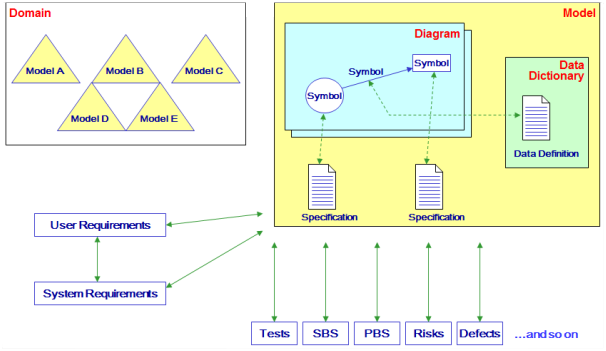



Cradle provides web-based and non-web UIs to enter, view, manipulate and analyse information including models. All parts of these UIs are user-defined. All information can be shown in lists, trees, tables and documents in any desired layout
Cradle provides web-based and non-web UIs to enter, view, manipulate and analyse information including models. All parts of these UIs are user-defined. All information can be shown in lists, trees, tables and documents in any desired layout


Models are completely integrated with all other types of information. Navigating in to, and out from, models, is as seamless as navigating within and between all other types of information
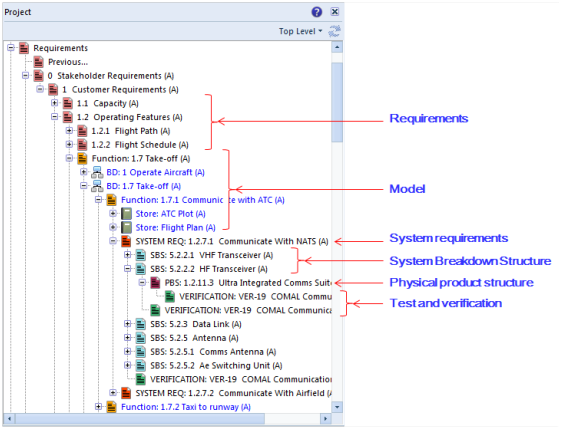

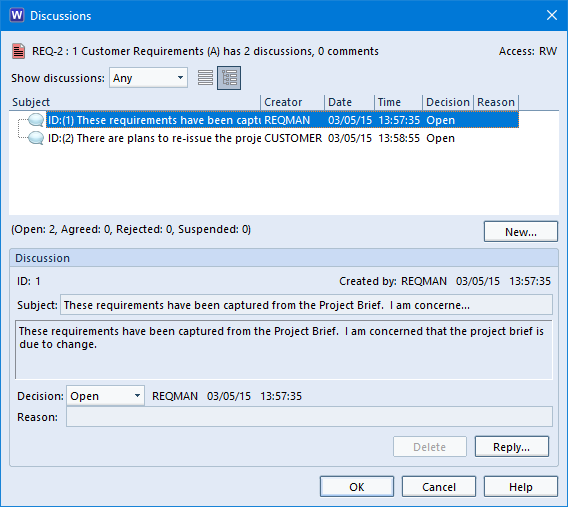



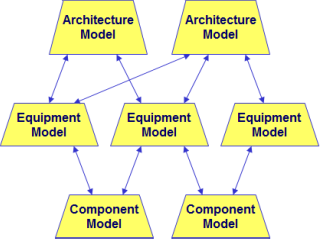

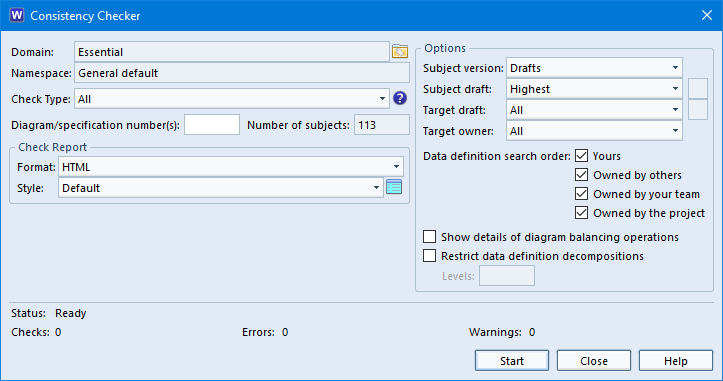



Cradle provides everything needed for SE and MBSE with a unique range of features, including:
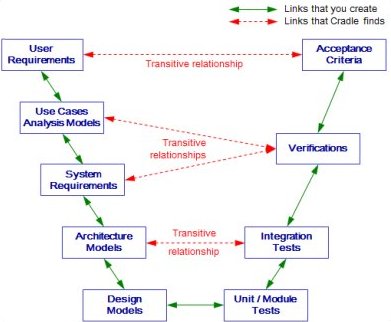

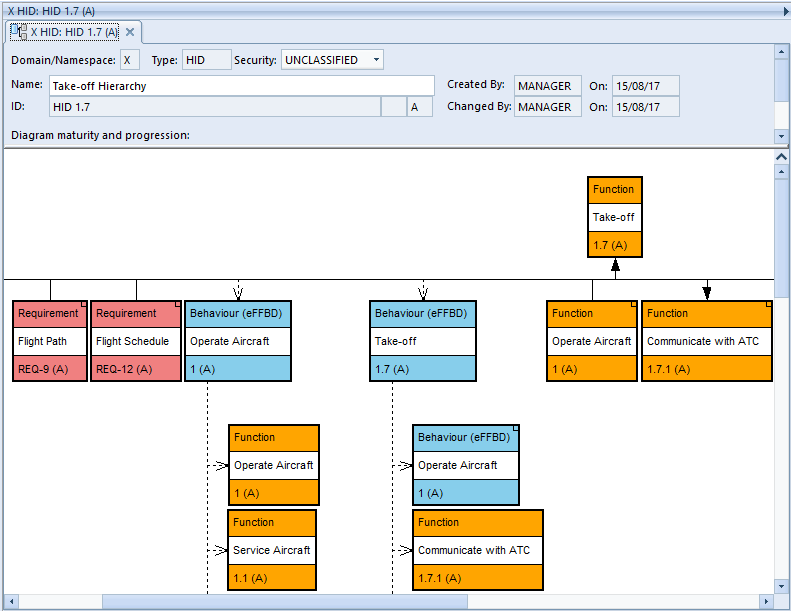



Collectively, these provide the most powerful, flexible and extensible systems engineering solution available. But since Cradle can integrate your entire process in one tool, you are not limited to managing requirements in isolation. You can also: